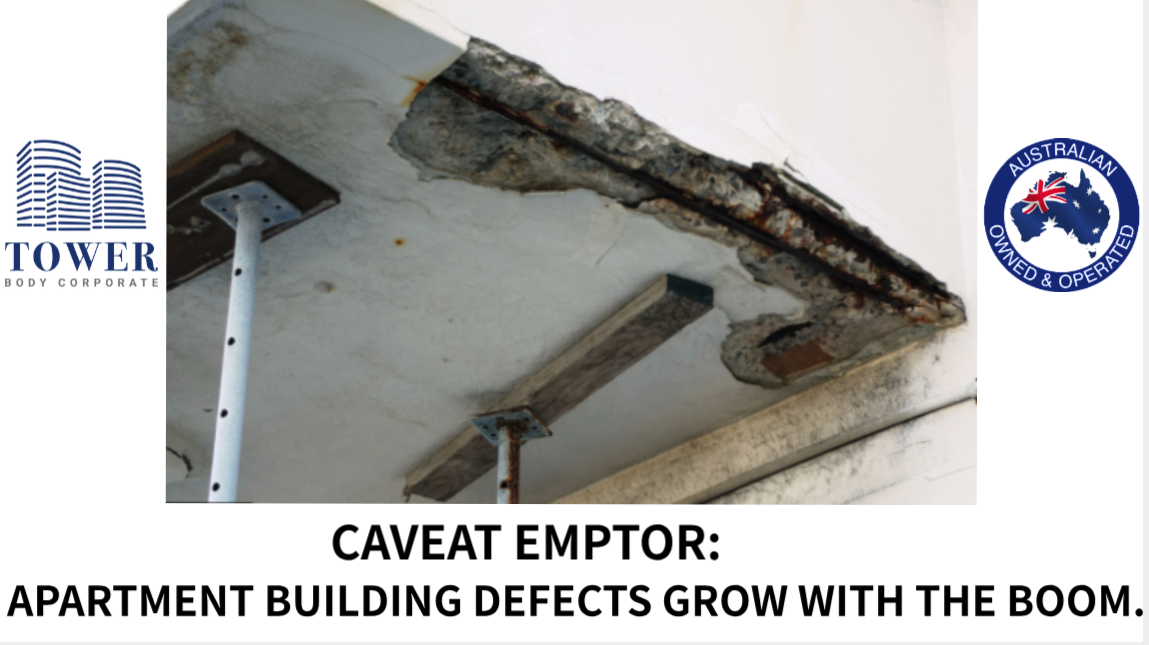In my last article, I took a closer look at the UNSW Centre’s research into strata data both nationally and here in Queensland. It painted a vivid picture of the growing market for apartments, and I’ve even seen the boom in apartment building construction in my own neighbourhood. There are as many opinions about the immediate and longer-term effects of this boom as there are floor plans, and not all buildings are created equally – especially in a time where builders are in demand and materials costs are fluctuating.
According to consumer watchdog, choice.com.au, these two stressors alone are cause for concern when it comes to the quality and integrity of finished buildings. Other factors that can seriously impact a building’s end result are the litany of loopholes developers can exploit to get their sub-par building across the line, and an absence of robust barriers that filter out inexperienced ‘wannabe’ developers from highly skilled professionals with established track records.
In their September 2016 article, “Apartment Building Defects: Know What You’re Buying Into”, Choice cited UNSW City Futures Research Centre’s 2012 study, which identified 14 common defects reported by owners that weren’t immediately apparent when they bought into a building.

These problems aren’t necessarily the result of poor maintenance, but are instead a defect in the building itself, and many don’t become apparent until two to five years after the building is finished – often after the construction guarantee (if there even was one) has expired. The repairs can be extensive – and expensive – with owners often being the ones left with the tab.
The old adage of “an ounce of prevention is better than a tonne of cure” is painfully true in these scenarios. Waterproofing a bathroom properly during the construction stage can cost around $300. But Owners Corporation Network members have reported repair bills in the order of $15,000 to fix failed waterproofing membranes. “And that’s not even counting the cost of expert reports and legal fees,” states Choice.
Time for an industry shake-up?
If you’ve been following strata news lately, you’ll have seen the reports coming out of Sydney and the Mascot Towers saga. The building’s residents had to be evacuated from the 10-storey building in June this year after cracks were discovered throughout the structure, including in crucial support beams. In The New Daily’s 15 Jun 2019 article, National President of the Building Collective of Australia, Phil Dwyer pointed to broader issues in the building industry, and the need for a Royal Commission.

The Mascot Towers incident isn’t the first, either, with a similar evacuation needed from a tower block in Sydney’s west in 2018. And don’t think it’s a problem exclusive to Sydney, or New South Wales.
The Urban Developer released a study earlier this month that found three quarters of buildings have defects, and that the problem is “proliferating”. The article cited 97% of buildings studied in NSW as having at least one defect. In Queensland, that figure was 71% – fewer, yes, but still high enough to be a genuine concern, especially when the average number of defects per building came in at 12. Similar to the Choice figures from 2016, the report found the most common faults to be “water ingress, internal and external wall cracking and tiling faults”, as well as roofing and guttering problems.
An ounce of prevention to help you avoid a tonne of heartache (and cash drain)
You’ll be injecting some serious cash into your new apartment, whether it’s going to be your home, or an investment, so always do your due diligence. Choice had these nuggets to share for prospective buyers.
- If you want to buy off the plan, research the builder and the developer. If you can, go and have a look at their previous projects, and talk to some of the existing residents to see if they have had any problems. You can also look at the strata reports for their previous projects, their sinking fund forecasts, and any remedial works that are planned or completed.
- If you’re looking to buy in an established block, get an independent building inspection for your apartment. It won’t cover off common areas, but it’s still a good idea. You can also do a body corporate records search. This will give you the minutes from recent AGMs, which should include information about the sinking fund and any planned or completed capital works. Ask to see any reports that have been mentioned in the minutes. A good conveyancing lawyer will be of invaluable help.

